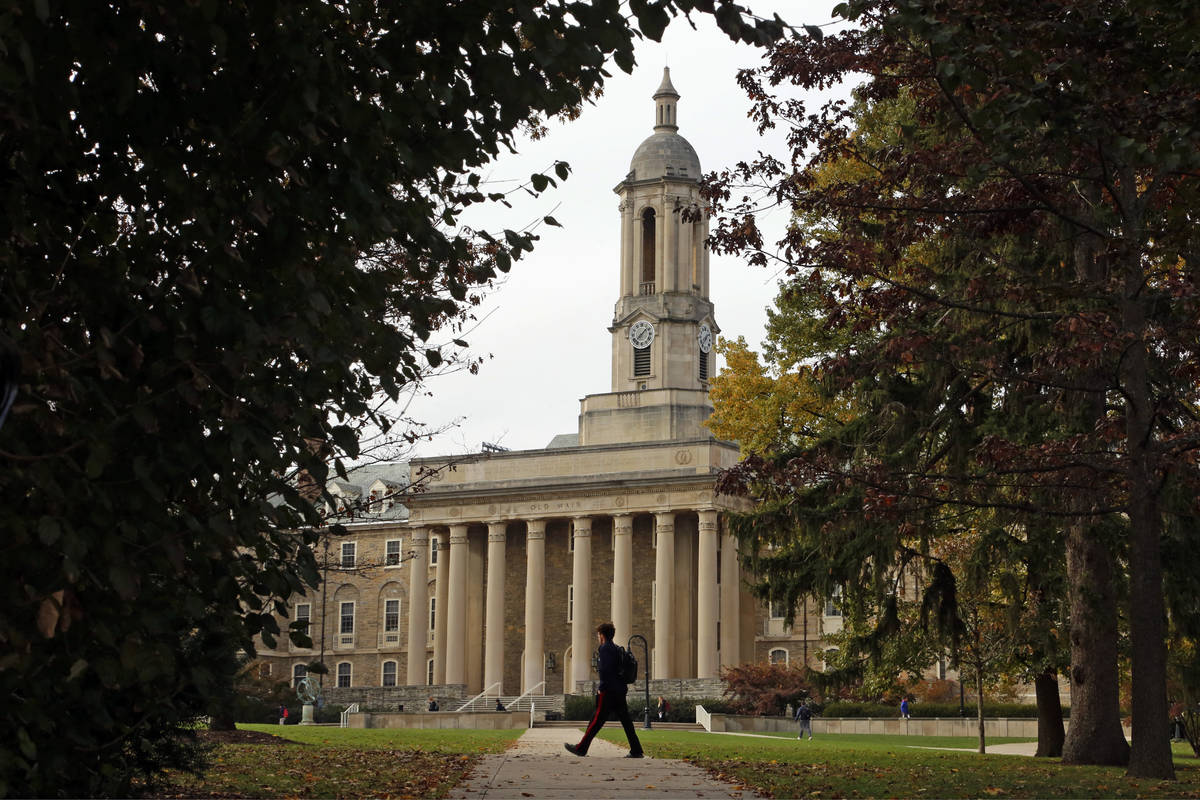MEGAN McARDLE: It’s now clear that college students are customers
A pandemic is an essentializing force; it strips away the frosting of rhetoric and habit and forces us to confront bare realities. Nowhere is this more apparent than in higher education, which over the past few decades has been one of two sectors that have just kept increasing its prices, the share of national income and, of course, the share of our attention it claims.
The other one is health care and, in both cases, Americans justified the increased spending in contradictory ways — invoking both pragmatic benefits and airy ideals such as “scholarship” or “caring,” which denied the necessity of even appealing to necessity. To skeptics viewing luxury dormitories and multi-millionaire cardiologists, this always sounded a bit like middle-aged men selling doubtful wives on a BMW’s engineering — “You can’t put a price on safety, honey.” But we all bought it, and in the case of health care, America has now had an accident that retroactively justified the expenditure.
But colleges are in the opposite position. As students balked at full tuition for online education, Elizabeth Cohen, a political science professor at Syracuse University, set off a minor Twitter storm: “Working at a college or university right now is hearing a lot of people say that they should pay less for something you’re working twice as hard to make available for them.”
A follower responded, “Your customers are telling you that the value of your now remotely-delivered product is less than you want them to pay.” Another academic account fired back: “STUDENTS ARE NOT CUSTOMERS.”
And now we get to the essentializing, because the pandemic has made something undeniable: To a large extent, students have become customers. And professors should acknowledge their own role in getting us to that point, because the commodification of higher education is a direct byproduct of the transformation of college into the entrance examination for America’s middle class, something the professoriate has cheered on.
Sure, students are buying a complex bundle that’s rarely described as a “product.” But if you doubt colleges are selling, you need look only at the glossy marketing campaigns. And if you think they’re mostly selling learning, consider this thought experiment from economist Bryan Caplan: If you had to choose, would you rather have four years of Princeton University classes but no diploma, or the diploma, but no classes?
Maybe you’d choose the classes; if so, you’re in the minority. Most students are primarily buying something else — a credential, a social network — not a “community of learning.” Which is not to say that this is what they should be buying or that we should even think of it as a “purchase.”
Markets are terrific, and we need them. But we also need institutions that are buffered from them. When those buffers break down, as they have in America’s colleges, dysfunction ensues. University business-think has meant bureaucratic overgrowth and an obsession with useless “metrics” — assessing faculty using student evaluations rather than student learning, goosing “selectivity” by soliciting applications in order to reject them.
Professors rightly resist these developments. But what else could you expect once colleges became the gatekeeper to all the good jobs? Now most everyone needs to go, regardless of their interest in learning. And an essentially scholarly enterprise doesn’t serve most of those people well.
So instead, U.S. higher education bundled “teaching and research” with a bunch of other things — residential amenities, sports teams, networking opportunities, career coaching, dating service and so forth. Among other effects, all this initially created a booming demand for professors; their numbers quintupled from 1940 to 1970 and then almost doubled again by 1988. Without that shift, most of the professors complaining about the commercialization of education would have had to take jobs in actual businesses.
The bundle was still tightly woven enough, however, that we could tell ourselves the learning was still the heart of the package. Then COVID-19 came and, suddenly, the lectures and the homework were the only part schools could still deliver.
Yet somehow, few students seem reassured that they’re getting most of what they were paying tuition for.
Deep down, even university presidents knew this would be the case, which is why so many spent the summer pretending they were going to find some way to reopen, in many cases announcing the truth only when the tuition checks were well in hand. One can imagine a university in which this sort of, at best, wishful thinking wasn’t necessary, one that defined its community narrowly around education. Such schools probably couldn’t enroll nearly half of all high school graduates, but on the other hand, in our current situation, they might have kept the ones they did sign up.
Instead,some decades ago, U.S. higher education reimagined itself as the ticket to secure white-collar employment. And like most of the other organizations that supported themselves by selling a lot of tickets, it’s going to have to rethink that business model.
Follow Megan McArdle on Twitter, @asymmetricinfo.






















